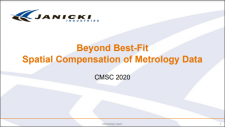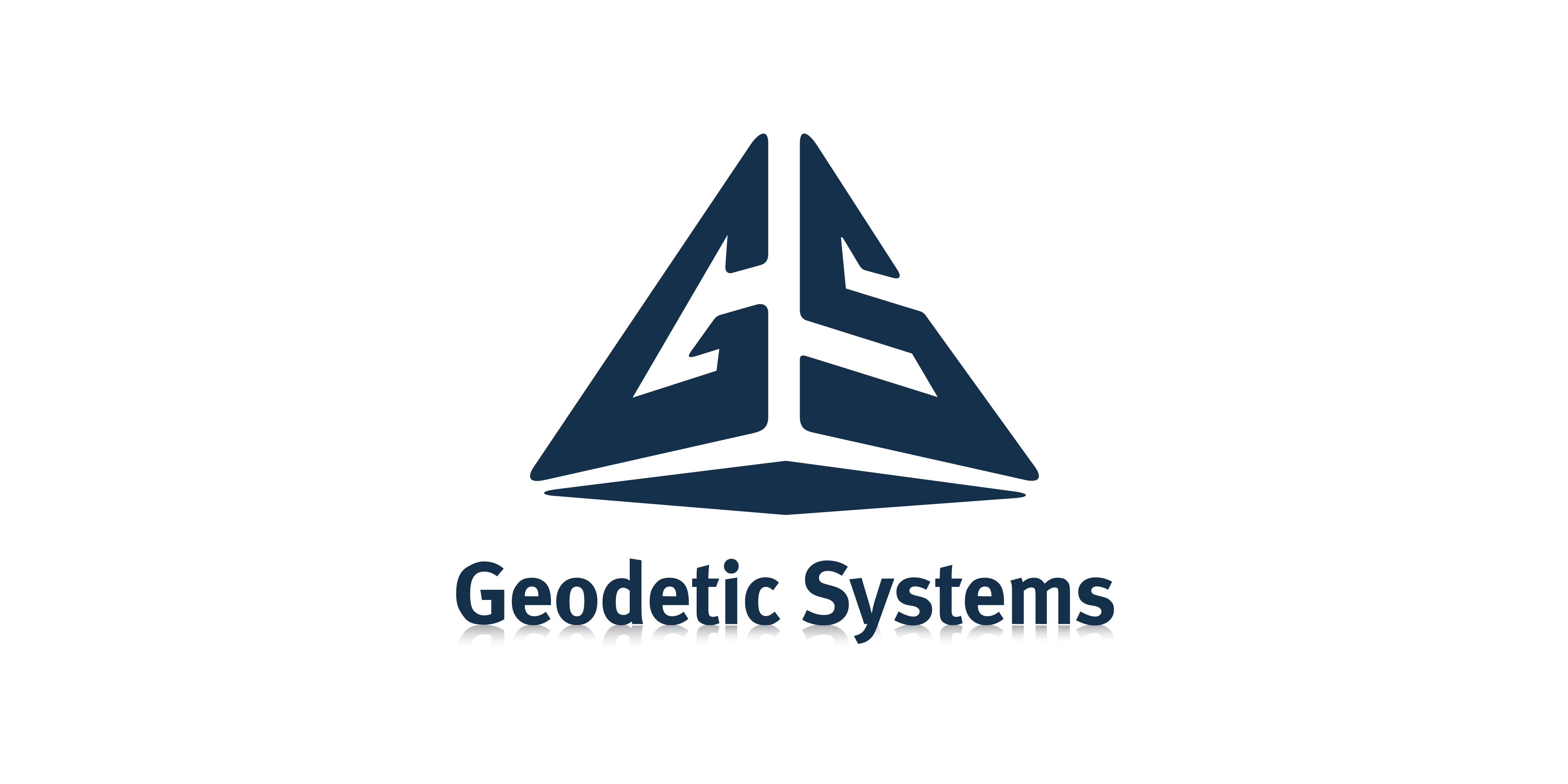
|
Download Members: $0.00 Non‑Members: $75.00 |
Buy Now |
Publication Details
| Published Date: | |
|---|---|
| Authors: | Edward West, Chris Jamieson, Garrett Kelley |
| Download Format: |
Abstract
Technological progress over the last decade has allowed metrology professionals to efficiently collect accurate and comprehensive datasets on large complex structures. With contemporary software, analysts distill meaningful results with unprecedented accuracy and speed. Specifically, automated feature extraction and cross sectional analysis allows analysts to report critical details efficiently. However, despite the increased speed and accuracy of the metrology technologies, the stiffness and stability of the structures limit our ability to achieve global tolerances without costly and time-consuming efforts.
To achieve the global best-fit tolerance requirements, these structures are typically inspected in either a manually adjusted support condition or on a costly holding fixture. Adjusting large, flexible structures to achieve global profile tolerances is notoriously expensive and time-consuming. When seeking to reduce this expense, two accepted metrology techniques are employed; profile at station lines and profile-per-unit-length (PPUL). Both techniques allow for verification in an indiscriminate support condition and can show an approximation of the optimally adjusted structure.
Profile at station lines locally fits cross sections extracted at incremental planes along the length of the structure. Unfortunately, these profiles are insensitive to potentially unacceptable deviations perpendicular to the station planes. These deviations can go undetected unless the global profile tolerance is controlled, which requires a return to costly global adjustment or fixturing. PPUL, where a structure is sectioned into locally-fit overlapping segments, can show lengthwise waviness and an approximation of the adjusted condition. However, the piecewise, rigid-body nature of the fit creates artificial discontinuities at the segment overlaps.





